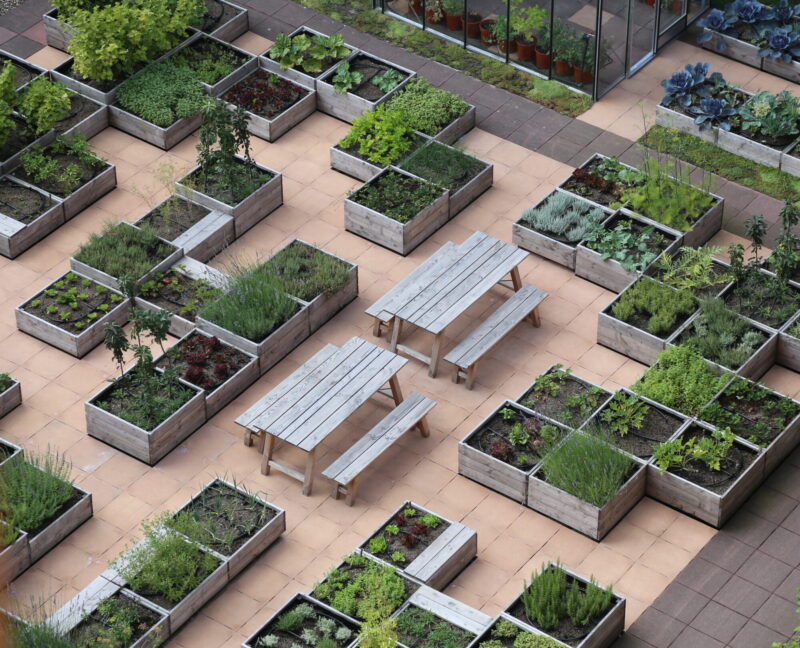More people in condensed cities are looking for convenient alternatives to conventional gardening. Rooftops are a good second option when you don’t have as much outdoor space as those in the suburbs.
You can easily turn that space into a charming vegetable garden with the right work. Here’s everything you need to know on how to kick start your rooftop garden project.
Why Create a Rooftop Vegetable Garden
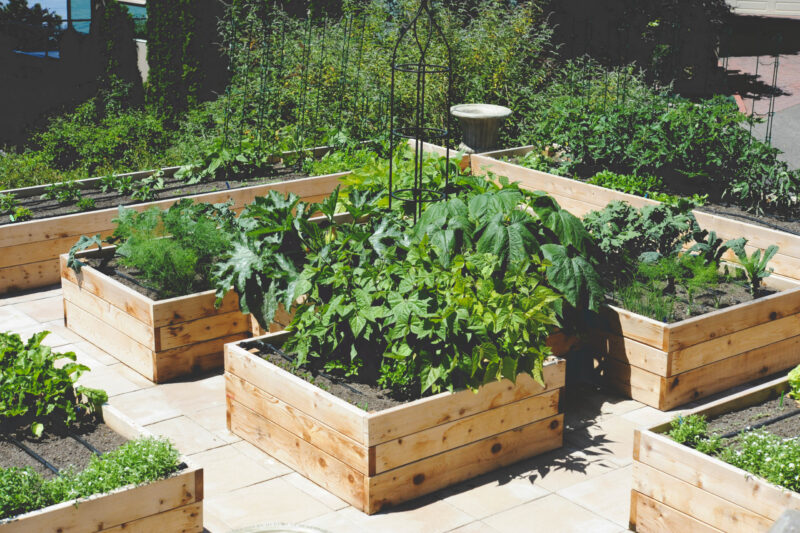
They have grown to be quite popular in urban cities that lack enough green spaces.
They contribute to creating a better environment. That’s because they minimise carbon footprint and reduce urban heat. This, in turn, improves air quality by fighting pollution.
Moreover, they greatly lower your monthly expenses by spending less on groceries. This is because growing your own food means you need to buy less. Additionally, it decreases your energy bill by insulating your building.
It has major health benefits as it supplies you with fresh organic greens in addition to the overall environmental and economic advantages. It also soothes your mind and improves your mental health.
How to Create a Rooftop Vegetable Garden
Creating a garden from scratch is intimidating at first. However, you’ll find out it’s easier than it sounds with the right tips.
The following steps will cover all the bases:
Check Building Regulations and Structural Integrity
Your building must be able to support a rooftop garden. Consult the local authorities and building management before you begin to learn about the applicable laws in your area.
Another important step you shouldn’t skip is verifying whether or not your roof can handle the extra weight of water, containers, soil, and plants.
Also remember to check that your rooftop is watertight with proper drainage systems. Otherwise, the possible damage later on will cost you quite a bit of money.
Finally, speak with a structural engineer to evaluate the load capacity and to identify any required reinforcements.
Design Your Layout
Your creative side will come to life during this stage. Consider the aesthetic and functionality you want from your garden.
Take note of the sunlight intake in different areas of your roof before deciding on a place for relaxation, and plan your seating arrangements accordingly.
You can increase your growing area by using raised beds, containers, and vertical gardens, depending on your available space.
Think about routes to and from planting sites for easy access and maintenance. Pathways and edging made from lightweight materials help keep the garden’s total weight under control.
Incorporate trellises or arbours for climbing plants to add height and visual appeal to your garden.
Select the Right Containers and Soil
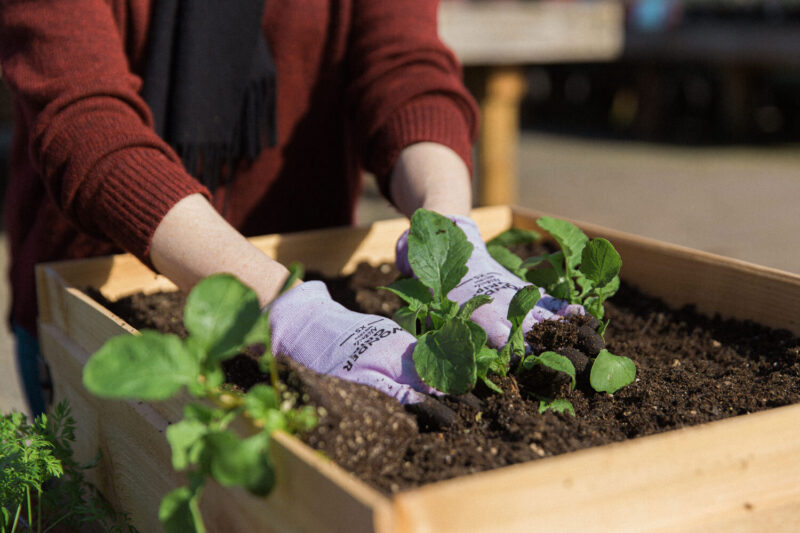
A good vegetable garden depends on careful use of the right containers. Choose raised beds, lightweight pots, or grow bags that won’t weigh down your roof.
Good drainage in your containers is also crucial. It helps prevent waterlogging which may compromise the structural integrity of your roof and damage your plants’ roots.
Use a premium lightweight potting mix instead of ordinary garden soil. Traditional soil is too heavy and typically carries bugs and diseases.
You can use a mix of compost and perlite or vermiculite instead. This combo will feed your plants with proper nutrients and provide drainage and aeration.
Pick the Best Vegetables for Rooftop Gardening
Not all vegetables flourish in strong sun and wind on rooftops. With this in mind, select robust plants that are fit for container growth.
Some really good choices include:
- Tomatoes. They flourish in sunny areas and can be grown on trellises to conserve space.
- Bell peppers and chillies. These colourful veggies love the warmth of rooftop settings and do nicely in pots.
- Lettuce and salad greens. This easy-maintenance option is rich in vitamins and grows quickly.
- Basil, thyme, rosemary, and mint. Hardy herbs are perfect for new gardeners and will completely transform your homemade meals.
- Radishes and carrots. Two of the most beginner-friendly root veggies, radishes and carrots grow quickly and thrive nicely in deep containers.
- Zucchini and squash. Part of the gourd family, zucchini and squash grow vertically with proper support, saving space and generating an abundance of crops.
Start with plants you like eating and that would fit the circumstances of your rooftop. For a constant supply of veggies, combine quick-growing greens with slower crops like peppers.
Install a Watering System

Maintaining a consistent water supply for your plants during the hot summer season is one of the toughest challenges.
Consider adding a drip irrigation system or soaker hoses attached with a timer to keep your plants hydrated. This approach saves you both water and effort dragging watering cans up and down the stairs.
If an irrigation system is not practical, clustering plants with similar water requirements together will help control your watering schedule.
Seek advice from a professional gardener if you can’t decide which is the best option for your garden.
Remember to regularly examine your containers. That’s because high elevation and direct sun exposure can dry up the soil quicker than in ground-level gardens.
Protect Your Plants From the Wind and Sun
Rooftops can be windy and the direct sunlight is likely to scorch your vegetation. Think about installing windbreaks such as lattice panels, trellises, or deliberately positioned taller plants to protect your garden.
During peak hours, shade cloths or umbrellas can help shield sensitive plants from excessive exposure to sunshine.
Mulching your containers also aids in maintaining soil moisture and cool roots. Wood chips, straw, or even shredded newspaper are all excellent layers.
Fertilise Regularly for Healthy Growth
Container plants generally need to be fertilised more often than ground-planted ones as nutrients leach from the soil with each watering.
Compost or organic fertilisers provide your plants with all necessary nutrients throughout the growing season. You can use liquid seaweed, fish emulsion. Slow-release fertilisers are also a good option. This will guarantee healthy growth and a heavy crop.
Regularly keep track of any nutrient deficiencies symptoms. Warning signs can include yellowing leaves or stunted development. Modify your fertilising plan then as needed.
Maintain and Monitor Your Garden
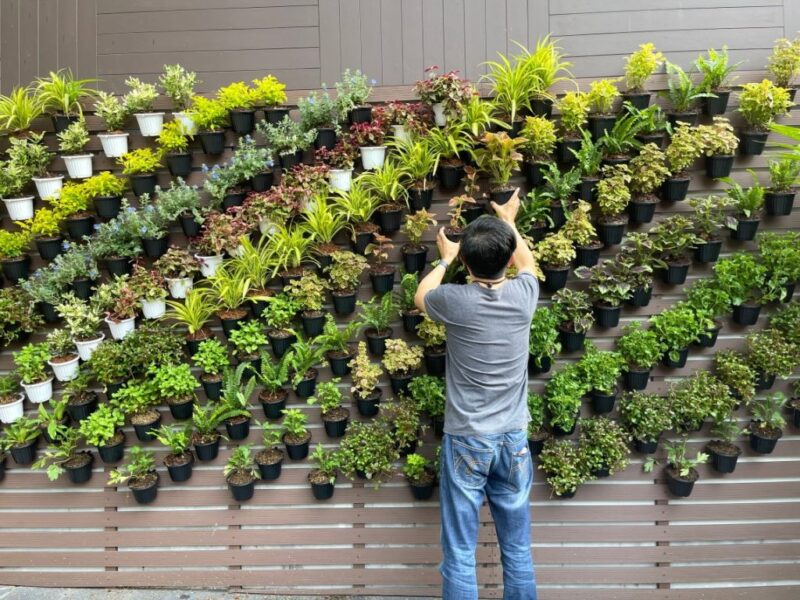
Keeping a rooftop vegetable garden needs consistent upkeep including harvesting, watering, and pruning.
Always lookout for pests and diseases. Regularly checking your plants allows you to take prompt action. This includes fixing any arising problem and eliminating any pests before they spread.
When necessary, apply organic pest control treatments, including neem oil or insecticidal soap. Frequent deadheading and pruning helps maintain the plants’ health and vigour.
A clean and well-maintained garden also reduces the infestation chances and keeps a tidy garden. Remove dead plants, clean the containers, and renew the mulch when needed to keep your veggies healthy.
Embrace Vertical Gardening
On rooftops, space is usually limited. Using this method is a great way to maximise your green space.
Wall-mounted planters, hanging baskets, and trellises are all effective options to effectively expand your garden. Beans, peas, and cucumbers are perfect for vertical gardens and can produce a rich green wall.
Apart from optimising available space, vertical gardening enhances the air circulation around the plants, thereby improving their ability to resist diseases.
Plan for Year-round Growth
Your rooftop vegetable garden can generate food all year long if you design it carefully. To stretch your growing season into the cooler months, think about using row covers, cloches, or cold frames.
These garden accessories allow hardy winter crops, including kale, spinach, and carrots, to flourish and supply fresh food even in winter.
To make full use of your space and ward against pests, think about companion planting. Planting marigolds next to tomatoes, for instance, discourages pesky insects like nematodes from accessing your and damaging them.
Conclusion
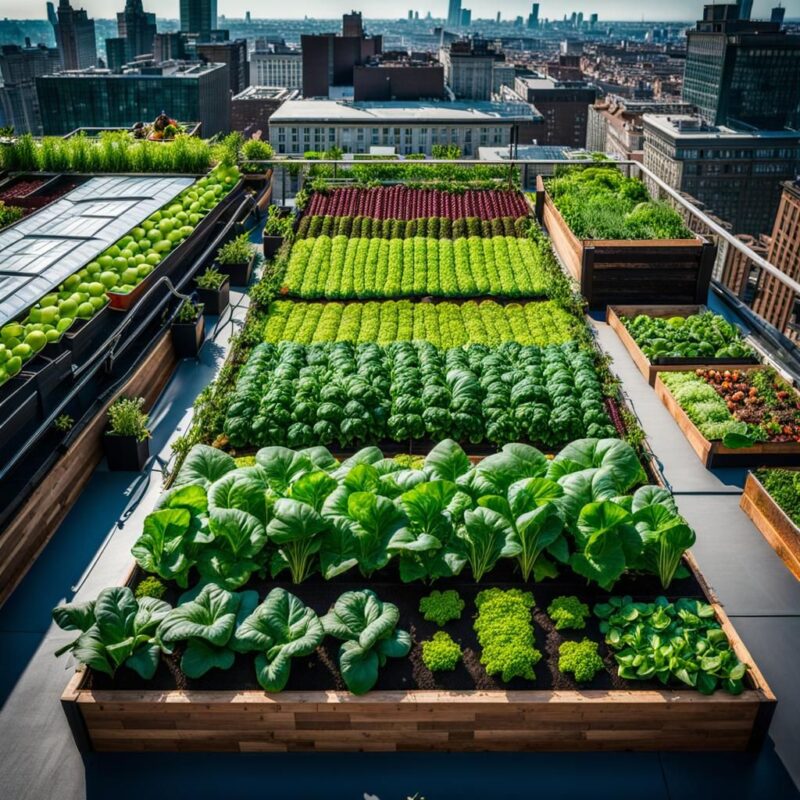
You can easily turn your rooftop into a green paradise of fresh vegetables with some careful designing and basic upkeep.
Don’t put off your gardening project due to lack of space. Employ that unused space instead and create a natural oasis right in the middle of the city.
Grab your gardening gloves and get to work. You’ll soon harvest the fruits of your hard labour.
